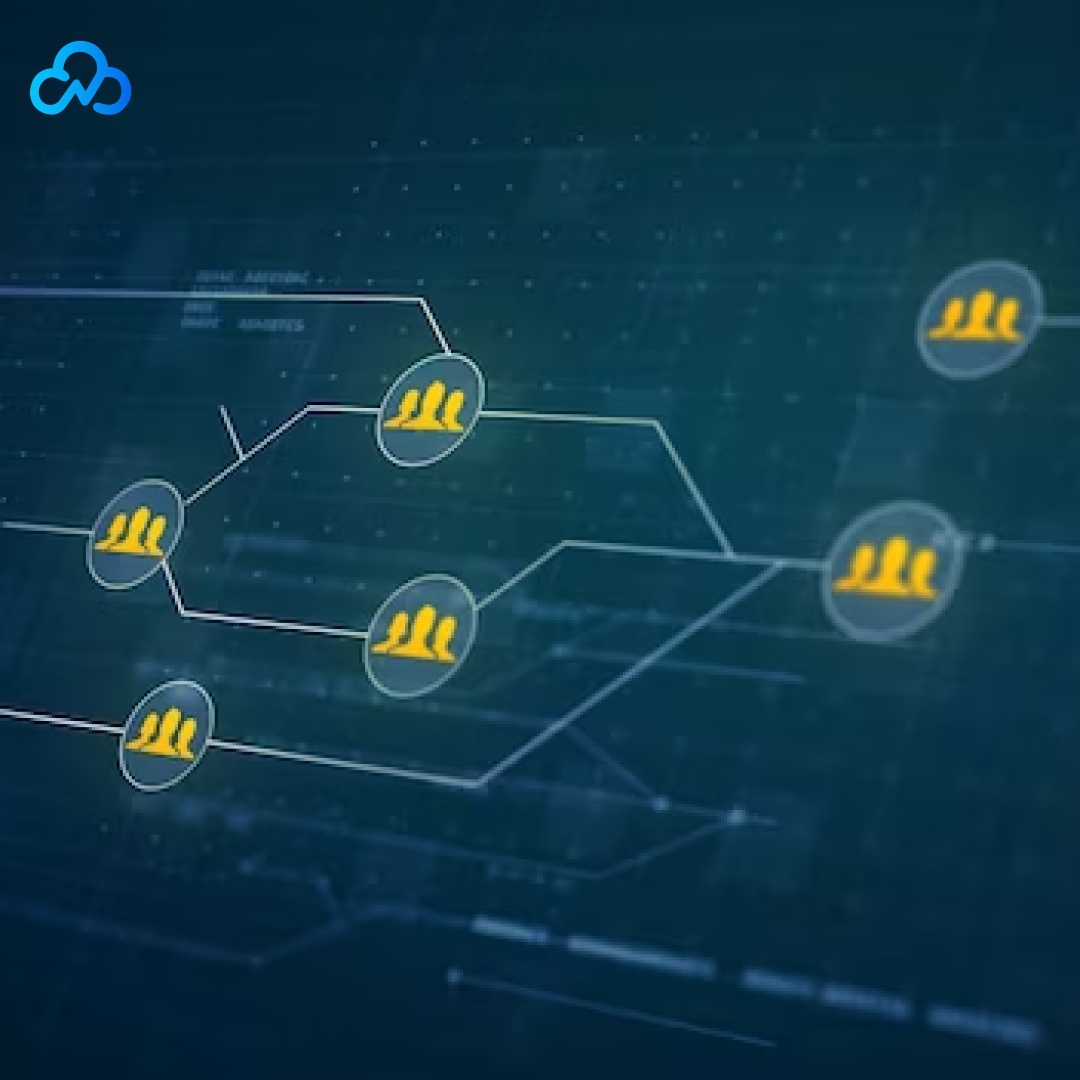Relational Database Management Systems (RDBMS) have become the backbone of modern data management. This comprehensive guide delves into the intricate architecture of RDBMS, unraveling the various components that make it a robust and efficient system for handling complex data operations.
Understanding RDBMS Architecture
Query Processor: The Brain of the RDBMS
The query processor is pivotal in interpreting user queries. It comprises two main submodules:
Query Parser
This component takes the user's query and breaks it down into an Abstract Syntax Tree (AST), facilitating the translation of the query into an executable format. It handles parsing, tokenization, syntax, and semantic analysis.
Query Optimizer
Using the AST, the query optimizer devises an optimal plan for executing the user's query. It evaluates different execution strategies based on data characteristics, aiming to find the most efficient path.
Execution Plan: Blueprint for Data Retrieval
The execution plan is a carefully constructed sequence of steps necessary to fulfill the query. Chosen for its efficiency, this plan guides the execution engine on how to retrieve and manipulate the data.
Execution Engine: The Workhorse
Responsible for the actual execution of the query plan, the execution engine interacts with the storage engine to fetch data, perform operations like joins and sorting, and return the results.
Storage Engine: Keeper of Data
This component manages the physical storage of data, overseeing tasks like data page management, file allocation, and indexing. It ensures efficient data retrieval and storage.
Buffer Manager: Memory Optimizer
The buffer manager optimizes the use of memory for data storage, controlling the flow of data between disk and memory. It plays a crucial role in enhancing performance by reducing disk I/O.
Cache Manager: Speeding Up Access
Tasked with managing data caching, the cache manager stores frequently accessed data in memory. This reduces reliance on slower disk operations, speeding up data retrieval.
Transaction Manager: Ensuring Consistency
The transaction manager oversees database operations, guaranteeing that they either complete entirely or roll back, leaving no partial updates. It works closely with the concurrency control and recovery managers.
Concurrency Control Manager: Managing Simultaneous Access
This manager ensures that multiple users or transactions can access the database concurrently without causing conflicts or data integrity issues. It manages locking mechanisms and transaction isolation levels.
Recovery Manager: Guardian Against Failures
The recovery manager is crucial for maintaining data integrity in case of failures. It handles transaction logging, checkpointing, and crash recovery, ensuring the database can be restored to a consistent state post-failure.
Security Manager: Safeguarding Data
Responsible for enforcing data security, this manager authenticates users, manages permissions, and maintains data confidentiality and integrity. It is key in protecting the database from unauthorized access.
Catalog: The Database's Encyclopedia
Also known as the data dictionary, the catalog stores metadata about the database schema and objects. It is essential for the RDBMS to understand and correctly manipulate the database structure.
Each component of the RDBMS architecture plays a unique and critical role. Together, they form a harmonious system that ensures efficient query processing, secure and consistent data storage, effective concurrency management, robust recovery mechanisms, and stringent security measures. This intricate architecture underscores why RDBMSs are the preferred choice for managing complex and voluminous data in today's digital world.
For any it services, software development agency solutions visit our websites.


No comments yet